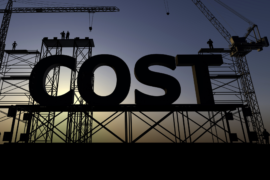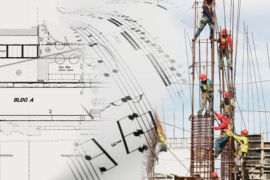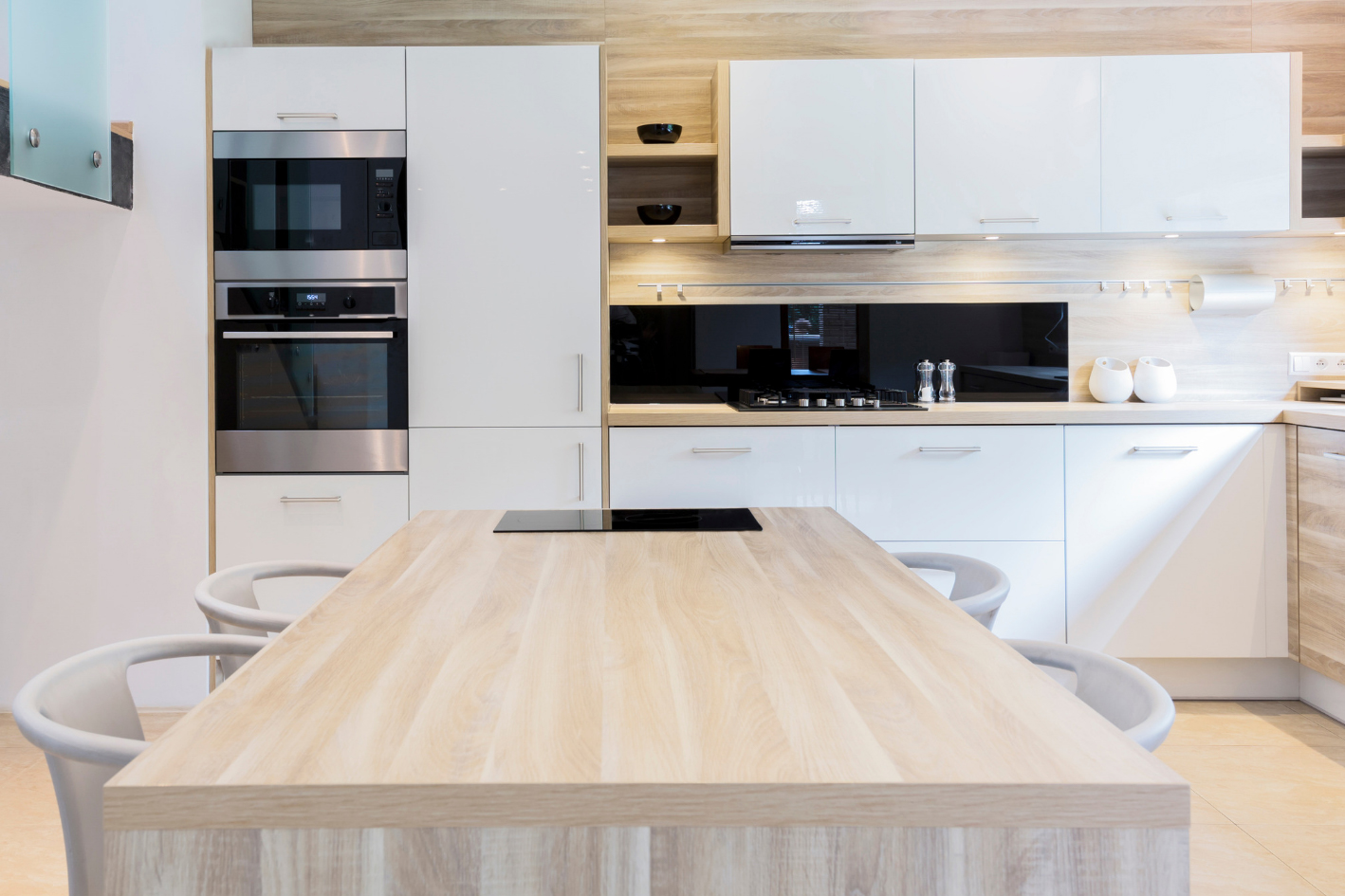Developers and investors share the common goals of reducing time, materials, and labor required for a project. When these factors are effectively controlled, the project experiences a reduction in overall cost. The benefits of prefabricated construction result in a level of productivity that may be unseen with traditional building methods.
The increasing use of prefabrication is mainly due to its positive impact on cost and schedules. Prefabricated materials have various potential uses, the most common of which include the following:
- Exterior wall assemblies (both glazing and skin systems)
- Structural steel
- Mechanical, electrical, and plumbing service racks and rooms
- Bathroom units
- Parking structures
PEG Companies has recently utilized a prefabbed exterior cladding system on a hotel on Victoria Island in British Columbia, Canada. The use of this system has proven to have many benefits to the project, including sustainable focus and waste reduction, an accelerated project schedule, reduced cost, enhanced product quality, and safer work environments.
The usefulness of prefabrication needs to be evaluated for each specific job based on its own attributes. While the material cost of prefabrication can sometimes cost more depending on the system, often the decreased duration of the schedule can make up for any added cost. Here are a few other considerations:
- Weather and environment. Various weather or environmental conditions may make it difficult for teams to build safely on-site. This is an opportunity to implement prefabrication to ensure the safety of the project team, along with a focused schedule management approach.
- Project delivery method. Prefabrication is particularly popular for design-build projects. Early collaboration between architects, designers, and builders results in fewer change orders, and because prefabrication relies on solid design plans, this makes it an easy pairing.
- Schedule requirements. Depending on how tight the project’s timeline is, teams may choose to incorporate more prefabrication to ensure they meet the schedule demand. Using prefabrication minimizes on-site fabrication time.
The construction industry is increasing the amount of prefabrication used on projects. Thanks to advancements, the prefabricated components used today are more reliable than those used in the past. With benefits such as shortened schedules, efficient use of materials, reduced labor, reduced waste, and reduced overall cost, many developers are incorporating prefabricated elements into their projects to great effect.
















